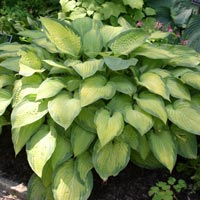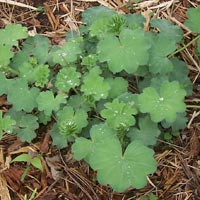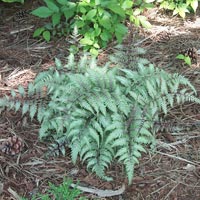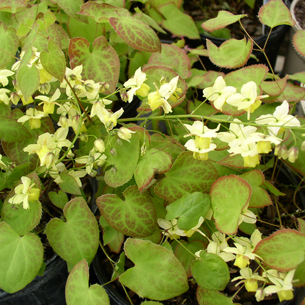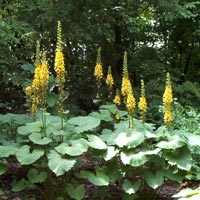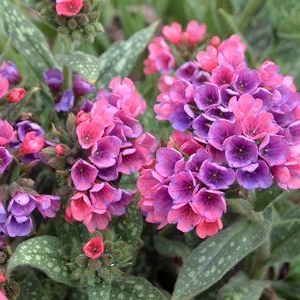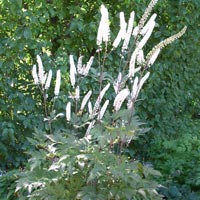Shade Garden Basics
Specialty gardens can be a great way to better utilize your yard. Often, they fit nicely into a niche of the yard, and offer a way to express yourself that might not be possible in the main part of the yard. Specialty gardens can be rock gardens, water gardens, wildflower areas, statuary gardens, cutting-flower gardens, butterfly gardens, or almost any other theme that fits with your space. Shade gardens are a little bit different, in that they may be the only type of garden that grows in a shady spot. Shade gardens are composed of two major components: the plant material and the design.
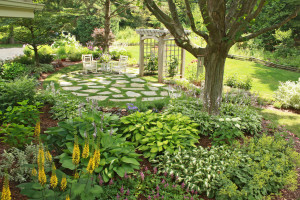 The design is based on the existing shade pattern. The shade from a structure is denser than that of an evergreen, which is denser than that of a shade tree. The first step is to map out the shade pattern so that the most shade tolerant plants are in the deepest shade, and the plants that can’t take any sun are out of harm’s way. The next step is to determine the view into and out of the garden, the access, and how you will use that special spot. Next, think about what other things should be in the garden. A bench in the cool shade for a hot summer day, a rough boulder, or a small stone outcropping of native stone to contrast with the soft texture of fern or ground covers – all of these can add to the charm of the place. A natural fountain with bubbling water – either for you to view, or for the birds to drink – can add movement and color. Statuary of either a classic form or a wild shape may create interest. The way to get into the space is also important. A bark path, a flagstone walk or inlay of cobbles can add texture and also determine the flow of the garden. A technique used in Japanese gardens is to alter the spacing of the stepping stones in order to slow the pace of the person viewing the garden. In general, a shade garden is a place of subtle color change, contrast in texture and form, and soft, flowing lines that are more likely to relax than to excite. The contrast of light and shadow spurs interest. One can appreciate the dynamic created by the mottled shadow of a fern leaf cast on a granite boulder. The size of the space – and your imagination – are your only limitations.
The design is based on the existing shade pattern. The shade from a structure is denser than that of an evergreen, which is denser than that of a shade tree. The first step is to map out the shade pattern so that the most shade tolerant plants are in the deepest shade, and the plants that can’t take any sun are out of harm’s way. The next step is to determine the view into and out of the garden, the access, and how you will use that special spot. Next, think about what other things should be in the garden. A bench in the cool shade for a hot summer day, a rough boulder, or a small stone outcropping of native stone to contrast with the soft texture of fern or ground covers – all of these can add to the charm of the place. A natural fountain with bubbling water – either for you to view, or for the birds to drink – can add movement and color. Statuary of either a classic form or a wild shape may create interest. The way to get into the space is also important. A bark path, a flagstone walk or inlay of cobbles can add texture and also determine the flow of the garden. A technique used in Japanese gardens is to alter the spacing of the stepping stones in order to slow the pace of the person viewing the garden. In general, a shade garden is a place of subtle color change, contrast in texture and form, and soft, flowing lines that are more likely to relax than to excite. The contrast of light and shadow spurs interest. One can appreciate the dynamic created by the mottled shadow of a fern leaf cast on a granite boulder. The size of the space – and your imagination – are your only limitations.
Plants are the mainstay of the shade garden, so we need to give them the best conditions we can. Shade and low soil fertility go hand-in-hand. Prepare the soil before planting and any time you add or transplant a plant. A mixture of peat moss, compost and mineral soil will work best. Fertilizer is important too, but only natural or low-nitrogen mixes should be used. High-nitrogen fertilizers will make the plants grow tall and spindly. Bark mulch around the plants is useful, but don’t overdo it.

